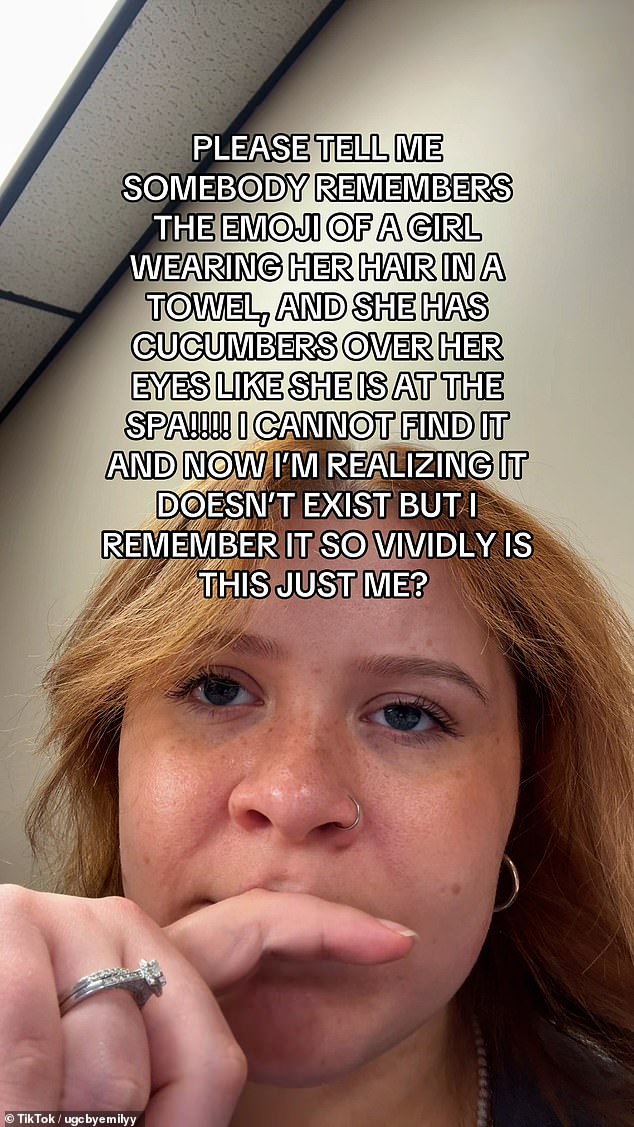
Social Media Users Convinced a Popular Emoji Vanished—Do You Remember It?
The Mystery of the Missing Spa Emoji: A Case of Collective False Memory?
Social media users are in a frenzy over an emoji they swear existed but can’t seem to find: a woman wearing a towel on her head with cucumbers over her eyes, as if at a spa. The debate went viral after a TikTok user lamented the emoji’s disappearance, sparking thousands of comments from others who vividly “remember” it.
[Image: Users described the emoji as a woman in a towel with cucumbers; no official record exists.]
Despite widespread claims, the Unicode Consortium—the organization that governs emoji standards—confirms no such emoji was ever officially released. While some existing emojis resemble parts of the description, like the “Woman in Steamy Room” (a towel-clad figure without cucumbers) or the “Person Getting Massage,” none match the exact details.
Mandela Effect or Misplaced Memories?
The phenomenon mirrors the Mandela Effect, where groups collectively misremember events. Psychologists suggest the brain might blend memories of similar images, creating false details. Commenters added fuel to the fire with oddly specific claims: one recalled a “pink robe and teal towel,” while others swore they’d used the emoji professionally.
[Image: The ‘Woman in Steamy Room’ emoji lacks cucumbers, yet users insist they recall them.]
Past “Lost Emoji” Theories
This isn’t the first time users have “misplaced” an emoji. Earlier in 2024, TikTokers were certain a “robber emoji” (a figure in a striped shirt) had vanished. Some theorized it originated from Bitlife, a mobile game with emoji-like icons, though no evidence supports this. A user even scoured an original iPad for traces—to no avail.
[Image: The elusive ‘robber emoji’ debate led users to search vintage devices unsuccessfully.]
Why Do We “Remember” Nonexistent Emojis?
False memories often stem from blending real elements. For instance, Bitlife game icons or pop culture references (like Lizzie McGuire spa scenes) might have been conflated with real emojis. The brain’s tendency to fill gaps makes minor details, like cucumbers, easy to misattribute.
[Image: Comments show users’ precise—but unverified—details about the emoji.]
The Power of Collective Confusion
While the spa emoji remains a digital ghost, the frenzy highlights how quickly misinformation spreads. As emojis evolve, so do our collective myths—reminding us that even in tech, human memory is far from perfect.
[Image: A collage of existing emojis compared to users’ descriptions.]
In the end, the spa emoji saga underscores the quirky intersection of technology and psychology—where imagination sometimes overrides reality.


